Ensuring Safety in the Workplace: A Comprehensive Guide to Safe Apparel Introduction: Safety in the workplace is of paramount importance for both employers and employees. One crucial aspect of workplace safety is the use of appropriate workwear or safe apparel. Well-designed and high-quality workwear not only protects employees from hazards but also enhances their overall productivity. In this comprehensive guide, we will delve into the significance of safe apparel in different industries, explore the various types of protective clothing available, and discuss the key considerations when selecting and implementing workwear programs. 1. Understanding the Importance of Safe Apparel: 1.1 Legal and Compliance Requirements: Compliance with local, national, and international safety regulations is essential in most industries. Safe apparel plays a vital role in meeting these standards and avoiding potential penalties. 1.2 Employee Protection and Well-being: Safe apparel safeguards workers from a wide range of hazards, including fire, chemical exposure, extreme temperatures, electrical shock, and physical injuries.
safety ware
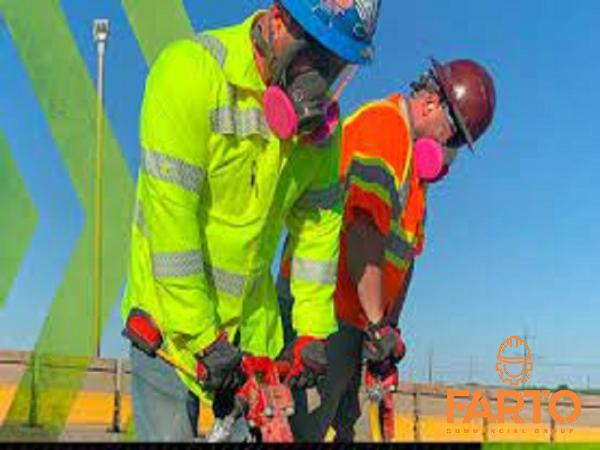 It significantly reduces the risk of accidents, ensures employee well-being, and promotes a positive work culture. 1.3 Enhancing Productivity and Efficiency: Comfortable and appropriate workwear can boost productivity by providing workers with unrestricted movement, enhanced visibility, and insulation against environmental factors. It ensures employees can focus on their tasks without compromising on safety. 2. Types of Appropriate Workwear: 2.1 General Safety Apparel: Commonly used in industries like construction, manufacturing, and warehousing, general safety apparel includes high-visibility clothing, protective gloves, hard hats, safety boots, and safety glasses. These items offer basic protection against hazards such as falling objects, slips, trips, and cuts. 2.2 Temperature-Regulating Gear: Industries involving extreme temperatures, such as foundries, steel mills, and refrigeration, require specialized protective clothing. Heat-resistant suits, thermal gloves, freezer wear, and cold-environment boots are examples of workwear designed to provide insulation against extreme conditions. 2.3 Chemical and Biological Protective Clothing: Workers exposed to hazardous materials, chemicals, or biological agents need specialized protective clothing, including coveralls, chemical-resistant gloves, goggles, and respirators.
It significantly reduces the risk of accidents, ensures employee well-being, and promotes a positive work culture. 1.3 Enhancing Productivity and Efficiency: Comfortable and appropriate workwear can boost productivity by providing workers with unrestricted movement, enhanced visibility, and insulation against environmental factors. It ensures employees can focus on their tasks without compromising on safety. 2. Types of Appropriate Workwear: 2.1 General Safety Apparel: Commonly used in industries like construction, manufacturing, and warehousing, general safety apparel includes high-visibility clothing, protective gloves, hard hats, safety boots, and safety glasses. These items offer basic protection against hazards such as falling objects, slips, trips, and cuts. 2.2 Temperature-Regulating Gear: Industries involving extreme temperatures, such as foundries, steel mills, and refrigeration, require specialized protective clothing. Heat-resistant suits, thermal gloves, freezer wear, and cold-environment boots are examples of workwear designed to provide insulation against extreme conditions. 2.3 Chemical and Biological Protective Clothing: Workers exposed to hazardous materials, chemicals, or biological agents need specialized protective clothing, including coveralls, chemical-resistant gloves, goggles, and respirators.
Specifications of safety ware
 These garments are made from materials that provide an effective barrier against harmful substances. 2.4 Flame-Resistant Clothing: Industries like oil and gas, electrical utilities, and firefighting demand flame-resistant clothing to protect workers from fire-related hazards. Flame-resistant coveralls, jackets, pants, and gloves are made from materials that self-extinguish and minimize burn injuries. 3. Key Considerations for Safe Apparel Selection: 3.1 Identify Industry-Specific Hazards: Conduct a comprehensive hazard assessment to identify the specific risks employees face in their work environment. This assessment helps determine the appropriate type and level of protection needed for safe apparel. 3.2 Quality and Durability: Choose workwear that meets or exceeds industry standards for quality and durability. Look for certifications such as ANSI/ISEA or EN standards to ensure the garments are tested and verified for safety performance. 3.3 Comfort and Fit: Considering the comfort and fit of workwear is crucial to encourage employee compliance. Garments that are too tight, restrictive, or uncomfortable may hinder productivity and be avoided by workers. Opt for ergonomic designs and breathable fabrics that allow freedom of movement.
These garments are made from materials that provide an effective barrier against harmful substances. 2.4 Flame-Resistant Clothing: Industries like oil and gas, electrical utilities, and firefighting demand flame-resistant clothing to protect workers from fire-related hazards. Flame-resistant coveralls, jackets, pants, and gloves are made from materials that self-extinguish and minimize burn injuries. 3. Key Considerations for Safe Apparel Selection: 3.1 Identify Industry-Specific Hazards: Conduct a comprehensive hazard assessment to identify the specific risks employees face in their work environment. This assessment helps determine the appropriate type and level of protection needed for safe apparel. 3.2 Quality and Durability: Choose workwear that meets or exceeds industry standards for quality and durability. Look for certifications such as ANSI/ISEA or EN standards to ensure the garments are tested and verified for safety performance. 3.3 Comfort and Fit: Considering the comfort and fit of workwear is crucial to encourage employee compliance. Garments that are too tight, restrictive, or uncomfortable may hinder productivity and be avoided by workers. Opt for ergonomic designs and breathable fabrics that allow freedom of movement.
buy safety ware
 3.4 Visibility: High-visibility clothing is necessary for workers in low-light or outdoor environments. Select garments with appropriate reflective strips, colors, and patterns to ensure maximum visibility and reduce the risk of collisions or accidents. 3.5 Ease of Maintenance: Proper maintenance of workwear is essential to ensure its longevity and effectiveness. Consider garments that are easy to clean, maintain, and replace. Implementing regular inspections and maintenance routines will help identify any issues or wear-and-tear. 4. Implementing a Workwear Program: 4.1 Engage Employees: Involve your employees in the selection process by seeking their input and feedback. Their participation will enhance acceptance and compliance, leading to increased workplace safety. 4.2 Training and Education: Provide comprehensive training on the proper use, care, and maintenance of workwear. Include information on identifying potential hazards, recognizing signs of wear, and reporting any issues. 4.3 Accessible and Updated Policies: Develop clear and concise policies regarding the use of safe apparel.
3.4 Visibility: High-visibility clothing is necessary for workers in low-light or outdoor environments. Select garments with appropriate reflective strips, colors, and patterns to ensure maximum visibility and reduce the risk of collisions or accidents. 3.5 Ease of Maintenance: Proper maintenance of workwear is essential to ensure its longevity and effectiveness. Consider garments that are easy to clean, maintain, and replace. Implementing regular inspections and maintenance routines will help identify any issues or wear-and-tear. 4. Implementing a Workwear Program: 4.1 Engage Employees: Involve your employees in the selection process by seeking their input and feedback. Their participation will enhance acceptance and compliance, leading to increased workplace safety. 4.2 Training and Education: Provide comprehensive training on the proper use, care, and maintenance of workwear. Include information on identifying potential hazards, recognizing signs of wear, and reporting any issues. 4.3 Accessible and Updated Policies: Develop clear and concise policies regarding the use of safe apparel.
safety ware + buy and sell
 Regularly update these policies to align with industry standards and changes in regulations. 4.4 Regular Evaluation and Improvement: Continuously monitor the performance of workwear in terms of effectiveness, comfort, and durability. Seek feedback from employees, conduct regular inspections, and stay up to date with new technologies and industry advancements. Conclusion: Safe apparel plays a critical role in ensuring workplace safety and protecting employees from various occupational hazards. By understanding the importance of appropriate workwear, exploring different types of protective clothing, considering key selection criteria, and implementing a comprehensive workwear program, employers can create a safe environment, enhance productivity, and foster a culture of employee well-being. Prioritizing safety through the use of suitable workwear is a necessary investment that yields long-term benefits for both employees and businesses alike.
Regularly update these policies to align with industry standards and changes in regulations. 4.4 Regular Evaluation and Improvement: Continuously monitor the performance of workwear in terms of effectiveness, comfort, and durability. Seek feedback from employees, conduct regular inspections, and stay up to date with new technologies and industry advancements. Conclusion: Safe apparel plays a critical role in ensuring workplace safety and protecting employees from various occupational hazards. By understanding the importance of appropriate workwear, exploring different types of protective clothing, considering key selection criteria, and implementing a comprehensive workwear program, employers can create a safe environment, enhance productivity, and foster a culture of employee well-being. Prioritizing safety through the use of suitable workwear is a necessary investment that yields long-term benefits for both employees and businesses alike.




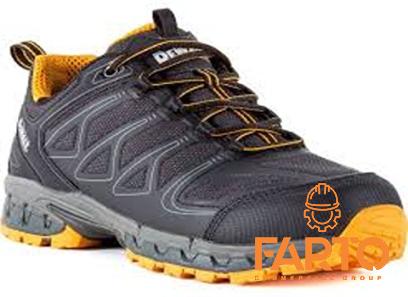



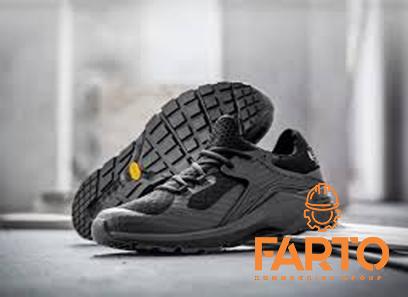
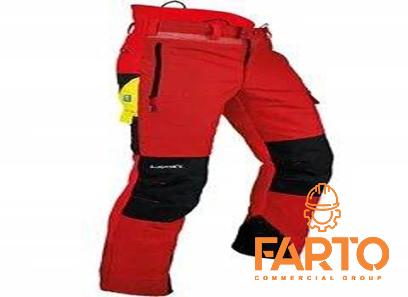
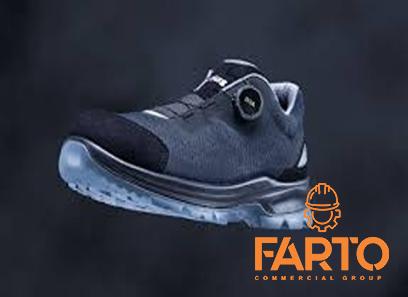
Your comment submitted.